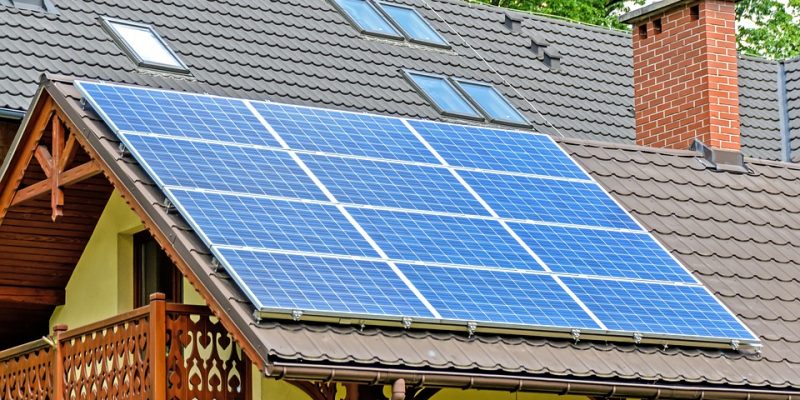The goal of this post is to refute any myths about solar energy that you may have heard and eliminate whatever polish from the flawless marketing speak of the corporation set on marketing you their product. Of fact, no producer or installer would ever overstate or deceive you well about the efficiency of neither solar energy, nor will they even confuse you about what solar generation does and its potential… could they? Nevertheless, one thing that producers and salesmen are unlikely to can do is willingly communicate the drawbacks and limits of solar panels.
Outcome – In conclusion, solar energy is neither an alternate process of making power nor a way of living “off the system,” it is simply a way of lowering your electric expenses.
Most homeowners believe that installing solar energy will warm their homes throughout the colder months. It is nearly hard to do; imagine the time of year when the days are the coldest and shortest, and the sunlight is at its weaker and lowest in the sky. This occurs ineluctably from October to March but is also the month when your family consumes the most energy. It’s odd because the period of the year when you get the most energy to heat and illumination is also the time when your solar panels produce the least and are likely only producing a fraction of the incredible figure that the submitted photo produced.
A typical domestic array of solar panels may generate up to 3900 watts (3.9kw) of useful electricity, albeit this is only under ideal circumstances, such as a strong bright sunny day in midsummer. On a rainy day in the peak of summer, solar panelling would still create an incredible quantity of electricity, albeit it is quite doubtful that they will produce 3900 watts constantly every day. Real-world statistics are expected to be far lower and will undoubtedly vary based on local circumstances and, of course, the brightness of the sunlight.
Solar panels would only produce a quarter of their summertime output even on a brutally cold day with a faint sun’s light. It’s ironic because solar cells generate the most power and are most economical during the blistering hot maximum summer months when residential energy demand is typically at its lowest. In addition, you still can make money from selling surplus energy to access the main grid during summer, but, to benefit the most, you must have purchased and owned your panels rather than renting them from a renewable power firm.
If you can manage it, purchasing these panels explicitly will still be the wisest and most lucrative choice. The reason is opposed to allowing a corporation to rent your ceiling for 25 years for small savings on your yearly electric bill, especially since that money is likely to reduce each year as the power generation.
Checking on the service lengths of the most popular types of solar panels, I found two often-used phrases when talking about solar panel guarantee periods, which may cause some misunderstanding for the average homeowner. As a result, do your best to clarify these guarantee terms.
Producers guarantee – Regarding nuts and bolts, it is considerably more important in warranty duration, as the panels themselves are the most costly element of the overall solar panel system. Should they break, these items will price the most to repair.
Compared to most solar panel sites on the internet, the average company’s warranty on panels is about five years, which means that if the panels crash due to a design fault, they will be changed under warranty.
When you purchase your panels, you would have to spend for repairs and service, which will add to the total cost of installation and lengthen the repayment term. The period may be significantly extended if you need any maintenance or panel changes throughout the warranty period. Maybe it’d be better for renewable power product producers to guarantee their goods for a period that reflects an average household time to pay up? Alternatively, given the government’s apparent eagerness to implement Renewables as a method of conserving power, perhaps the administration should also foot the bill.
Why isn’t the makers’ actual guarantee length represented in some people’s promotion of solar panels having a life span of up to 30 years?
Another fallacy about solar panels is that they increase manufacturing output. It may be true in the USA or Japan, where the most popular solar panels are produced. Still, the rise in solar panel systems is not benefiting UK producers because there are fewer of them in the country.
There is also growing scepticism about the true ‘green’ element of Solar Panels and their position in the Energy Food Chain. Yes, solar panels do substitute some of the electricity that would otherwise be created by gas or coal combustion or by the nuclear power industry, albeit solar will always only provide a proportion of the energy needs of the UK or any country.
That is concern about how solar panels need more power to develop, make, and trade than they are anticipated to repay through green power generation during their intended life cycle, which is only about five years per some companies’ promises!




















